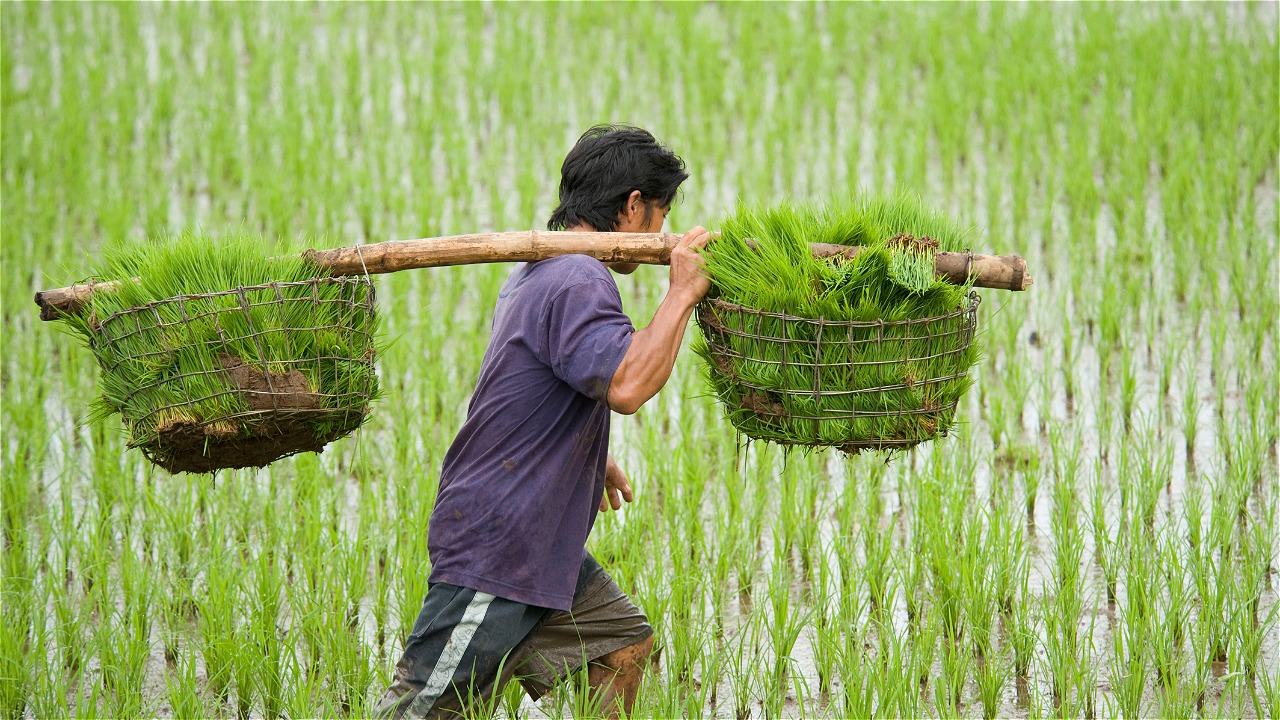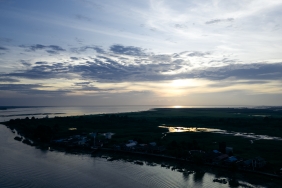SAVING OUR EARTH
A total of 346,808 hectares of rice fields are at risk of disappearing due to rising sea levels as a result of extreme climate change impacts (Kompas, 20/7).
Add to that a number of cities in Java and 750 islands that are in danger of sinking, as well as the threatened destruction of coastal life and farmers, all of which are warning bells of how serious the impact of climate change is on the environment and the survival of our nation.
Warnings of the impact of climate change on human survival have been voiced many times, including in this newspaper. Movements at the global and national levels to prevent are also resounding loudly.
We appreciate the government's big role in climate change mitigation efforts globally. It feels like the President's speeches in various world forums very firmly show this commitment. However, at the micro and operational level in the field, we realize that there is a wide gap.
As a country whose geographical location is very vulnerable, it feels like we are very slow to act. Anticipation and mitigation measures have not been fully realized on the ground and have not become a national movement that involves the entire community. Even if there is, it is still sporadic and local.
Climate change is also not yet an important element in every policy. The preparation of the most vulnerable groups is also unheard of in the field so that the impression that often arises, the helplessness of those who are in the most vulnerable position to be affected.
A clear example is in the agricultural and marine sectors, two of the most sensitive sectors. Not infrequently, farmers are left alone to face crop failure or puso. Mitigation and adaptation technology innovations through the introduction of high-yielding varieties with low greenhouse gas emissions, fertilization technology and soil and water management, the introduction of planting calendars, and others, are still mostly new at the program level, due to the lack of personnel in the field or other factors. Programs for fishermen are even more unclear.
Nationally, the shrinking of paddy fields will pose a serious threat to food security and employment for farmers, fishermen, and those in the distribution and trade chain. We must not forget, most of our population still depends on this sector. Where will they be accommodated?
Even now, we are already overwhelmed by the unstoppable conversion of productive agricultural land, triggered by chaotic spatial policies. We are also overwhelmed by floods, just because of high rainfall. It really feels like we are out of our depth.
Not to mention the impact on public health, infrastructure, and others. Failure to anticipate climate change sooner will be a catastrophic economic and humanitarian disaster. Hurrying up mitigation and anticipation steps at the level of concrete steps on the ground is non-negotiable. The role of the state at the forefront is very important here.





